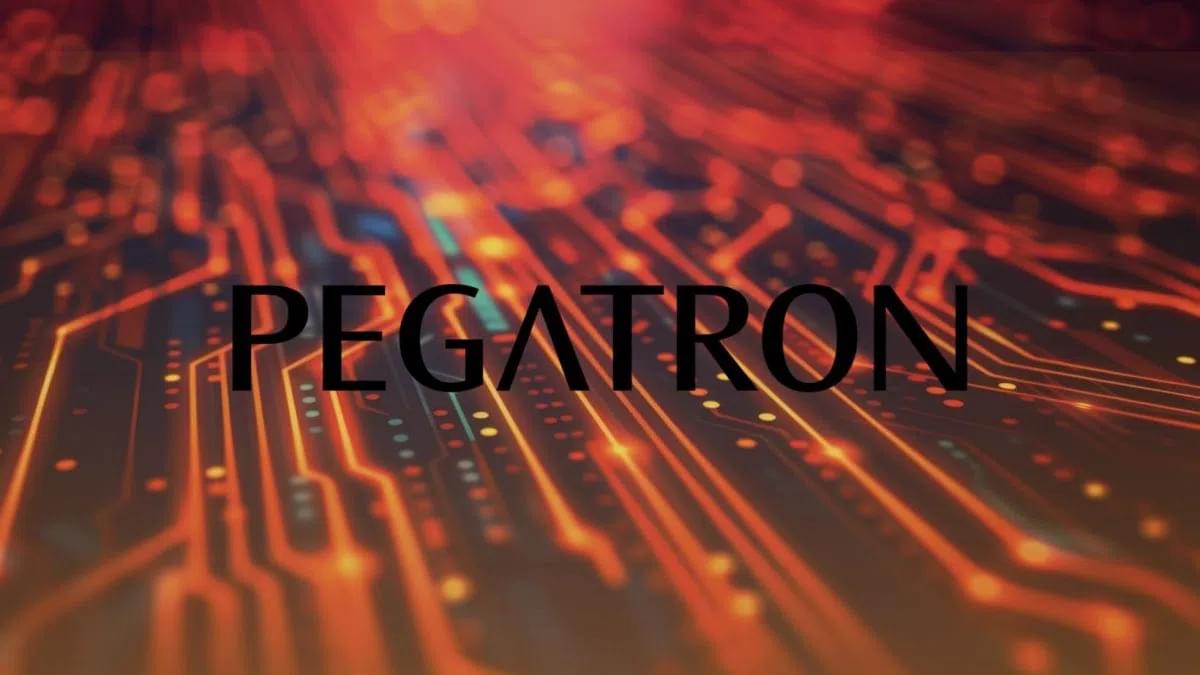The Apache Software Foundation disputes claims that its OpenOffice project suffered an Akira ransomware attack, after the threat actors claimed to have stolen 23 GB of corporate documents.
Apache OpenOffice is a free, open-source office suite that includes word processing, spreadsheets, presentations, graphics, and database tools. It’s compatible with major file formats, such as Word and Excel, and runs on multiple operating systems.
On October 30th, the Akira ransomware gang claimed it had breached Apache OpenOffice and stolen 23 GB of data, including employee and financial information, as well as internal files.







